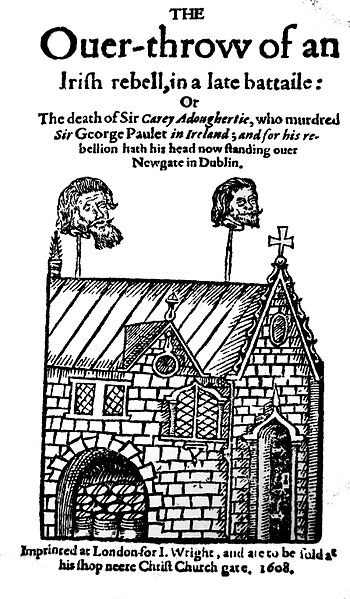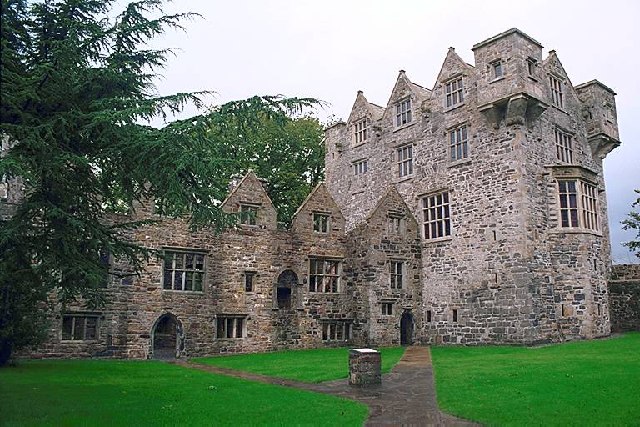The Irish advance was very swift.
Men clad in heavy armour have already landed and besiege the mighty fortress of Carnarvon.
The Welsh were caught off guard!
The armies of the crown rush west to defend their vassal...
Chaos is about to engulf the lands...again...
-----
In the royal palace, at Perth...
-------------------
"He was found in the lowlands, near Carlisle, Sire. We dealt with him swiftly..."
The Master of Espionage showed King Hew the head of an English spy.
"You realise we have a fragile truce with the Crown. The last thing we need is the resumption of hostilities while we are still recovering from the plague which ravaged our military and economy...."
The head advisor, who despised the Master of Espionage, was making his case before he was interrupted by the King.
"Hunt down any foreign agents in the realm. Truce or not. We cannot afford to have infiltrators wander around while a great war is about to rage on our southern borders.
We need to be very cautious.
Summon the Clans for a war council."
Hew then stood up, looked at the severed head, then left the room.
----
Barons next: http://www.mediafire.com/file/ty0bcje6i57ubbl/TIOC_Barons_102.sav/file






 Reply With Quote
Reply With Quote







































